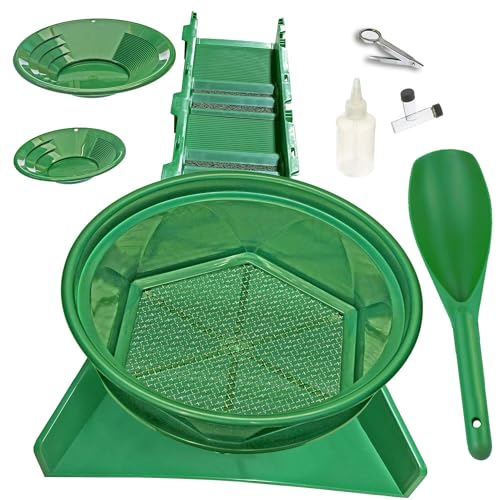Hi Folks
just thought I’d post a bit of info on my worm farms. Today was the day to harvest worms in preparation for emptying the castings out onto the veggie patch. I have 8 worm beds in total and keep the little fellas in old bath tubs. A couple of times each year the beds are emptied. The compost goes onto the veggie patch and the surplus worms are sold to a commercial worm farmer.

The tubs are full and need to be emptied so I work through a process of harvesting about 50% of the worms each time the beds fill.

As you can see, there is not much room so the castings will have to go. An old piece of carpet sits on top of the worms to keep the moisture in and also most of the light out.

The first step in the harvesting process is to take off the top layer of castings and spread it out on a tarp. A good proportion of the worms are in the top 100mm of compost (where most of the food is.)

The worms in the windrow burrow down to get away from the light. After about 10 minutes, the top layer of castings is raked off and is placed back into the worm bed.

The exposed worms dive down to escape the light for the second time. This process is repeated until most of the compost is removed.

Each pile becomes smaller and contains an ever increasing concentration of worms.

The worms continue to try to push compost above them so they are covered. Eventually you end up with a solid mass of worms.

These worms are then covered in a thin layer of moist soil and are stored over night it a cool place until I can deliver them to the worm farmer for packaging. Next week I will remove about 100mm of the castings from the top of the bed (which contains most of the remaining worms) and then empty the remaining compost onto the garden beds. The material that I initially removed is then placed back into the tub and the worm farm starts again. Hope this is of interest to some of the gardeners out there.
cheers
Les
just thought I’d post a bit of info on my worm farms. Today was the day to harvest worms in preparation for emptying the castings out onto the veggie patch. I have 8 worm beds in total and keep the little fellas in old bath tubs. A couple of times each year the beds are emptied. The compost goes onto the veggie patch and the surplus worms are sold to a commercial worm farmer.

The tubs are full and need to be emptied so I work through a process of harvesting about 50% of the worms each time the beds fill.

As you can see, there is not much room so the castings will have to go. An old piece of carpet sits on top of the worms to keep the moisture in and also most of the light out.

The first step in the harvesting process is to take off the top layer of castings and spread it out on a tarp. A good proportion of the worms are in the top 100mm of compost (where most of the food is.)

The worms in the windrow burrow down to get away from the light. After about 10 minutes, the top layer of castings is raked off and is placed back into the worm bed.

The exposed worms dive down to escape the light for the second time. This process is repeated until most of the compost is removed.

Each pile becomes smaller and contains an ever increasing concentration of worms.

The worms continue to try to push compost above them so they are covered. Eventually you end up with a solid mass of worms.

These worms are then covered in a thin layer of moist soil and are stored over night it a cool place until I can deliver them to the worm farmer for packaging. Next week I will remove about 100mm of the castings from the top of the bed (which contains most of the remaining worms) and then empty the remaining compost onto the garden beds. The material that I initially removed is then placed back into the tub and the worm farm starts again. Hope this is of interest to some of the gardeners out there.
cheers
Les






















































